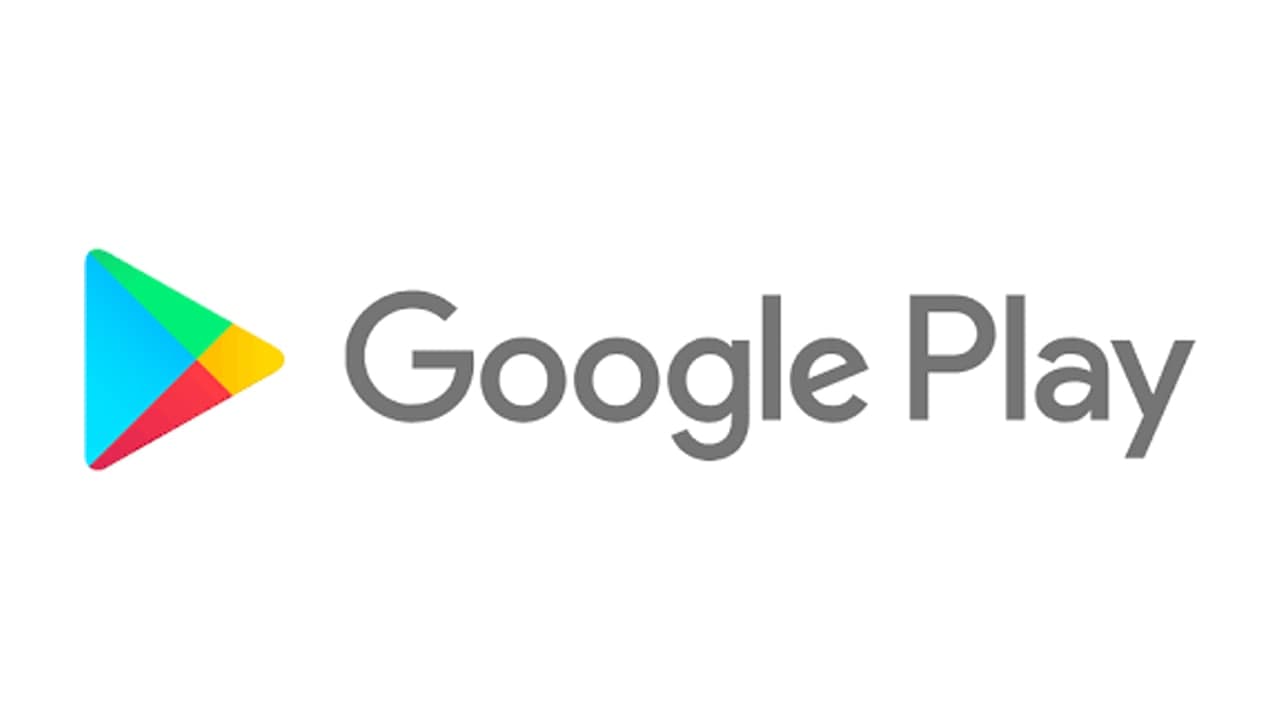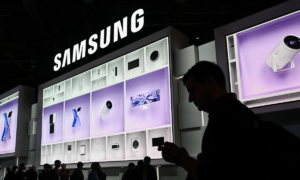To make it easier for us, Google has added an automatic application update function in the Google Play Store. In this way, the application should be updated automatically in the background. However, this feature has disappointed many Android users because the automatic update does not apply to them. If you encounter the same problem, please check 9 solutions to fix the app that automatically updates the Google Play Store.
If it runs normally, the automatic update feature will be very interesting. You don’t need to open the Play Store repeatedly to see available updates.
Check the solution to solve the Play Store automatic update problem.
1. RESTART PHONE
Before trying the following improvements, we strongly recommend that you restart your phone or tablet. Any temporary issues should be resolved, which will cause automatic updates to not work.
2. USE RIGHT SETTINGS FOR AUTO-UPDATE
Here’s how to update Android apps automatically:
Step 1: Launch Google Play Store on your phone or tablet. Tap on the three-bar icon at the top. Select Settings.
Step 2: Tap on Auto-update apps. Select Over any network or Over Wi-Fi only. If you choose the former, apps will be updated using mobile data when Wi-Fi isn’t available.
3. CHECK NECESSARY CONDITIONS FOR AUTO-UPDATE
After enabling the automatic update setting (shown above), people expect the app to update automatically when it gets new updates in the Play Store. However, this is not the case. Your phone or tablet needs to meet certain requirements for automatic updates, as shown below.
In addition, the App Store’s Play Store is only updated once a day. This puts the available updates into the queue. They will be updated when the following conditions are met.
- The device must be connected to a working internet connection – mobile data or Wi-Fi depending on the settings set in solution 2.
- The device must be idle and charging. That is, you shouldn’t be doing anything on your phone.
- The apps that need to be updated should not be running in the foreground.
Only once the above conditions are met, it is ready to be automatically updated.
4. DISABLE BATTERY OPTIMIZATION
In addition to the above requirements, there should be no constraint or restrictions on the battery used by Play Store. For that, you will need to disable Optimize battery usage feature.
Here are the steps:
Step 1: Open Settings on your phone and go to Apps & notifications or Apps.
Step 2: Tap on Google Play Store under All apps.
Step 3: Tap on Battery. You will see the Battery optimization or Optimize the battery usage option. If it says ‘Optimizing battery use’, tap on it.
Step 4: Tap on the Not-optimized drop-down box at the top and select All.
Step 5: Look for Google Play Store. Turn on the toggle next to it if available. Alternatively, tap on it and select Don’t optimize.
5. DISABLE BATTERY SAVER MODE
When power saving or power-saving mode is enabled, this will restrict background activity on the phone, which may affect automatic updates in the Play Store. You must disable it by going to “Settings”> “Battery”. When in use, please check whether the power saving mode is set to automatically activate. Also, disable it.
6. CHECK AVAILABLE STORAGE
Your phone must have enough storage space to automatically update the app. If your Android phone or tablet has insufficient storage space, you should free up some space. To check the available storage space, go to Settings> Storage.
7. CLEAR CACHE AND DATA
You should also clear the cache and data of the Google Play Store and Google Play Services. Clearing data will not delete any applications or data related to them. Only the Play Store settings will be reset to default values. Learn more about what happened by clearing the application data on your Android phone.
To do so, follow these steps:
Step 1: Open Settings and go to Apps.
Step 2: Tap on Google Play Store.
Step 3: Tap on Storage followed by Clear cache. Then hit the Clear data button.
8. UNINSTALL PLAY STORE UPDATES
You cannot completely uninstall the Play Store from your phone. However, you can delete the most recent update.
To do this, go to “Settings”> “Apps”> “Play Store”. Click the three-dot icon at the top, and then uninstall the update. Please wait for a minute or two, and then the Play Store will automatically update in the background. If there are results, please see how to manually update the Google Play Store.
9. RESET APP PREFERENCES
Finally, try to reset the application preferences on the phone. This will not delete any personal data. This will only restore permissions, restrictions, and other settings to their default values. Therefore, if any settings prevent it from updating automatically, it should be fixed. You must set all settings again. Learn more about what happens by resetting app preferences.
To reset application preferences, go to “Settings”> “System” (or “General Management”)> “Reset”> “Reset Application Preferences” (or “Reset All Settings”).
TIME TO CHECK GOOGLE ACCOUNT
We are looking for the above improvement measures to solve your problem. However, if the problem persists, you should check your Google account. Have you recently changed your Google account password or made any changes to the account? It may also cause automatic updates to not work properly. If your device encounters a login error, the app will not be updated automatically. Delete the Google account from the phone and log in again.





